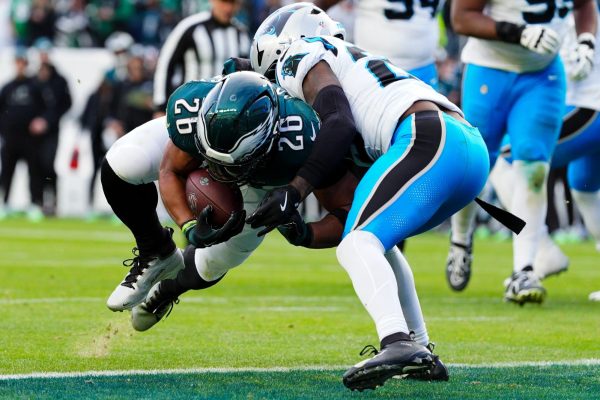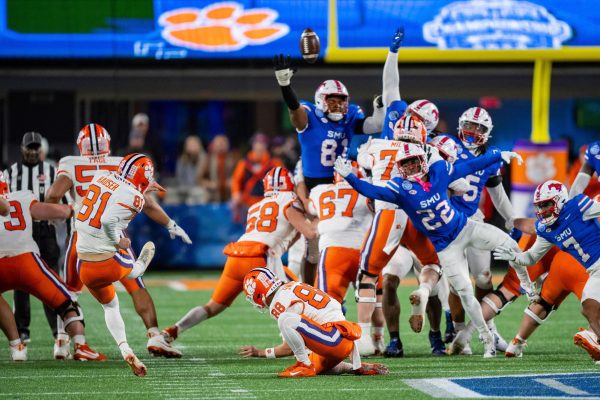CTE Debate Continues in the NFL: Head Injuries Force Players to Pick Long-Term Health or Money
With the return of the NFL and college football this fall, so too returns the talk about Chronic Traumatic Encephalopathy (CTE) and the inherent danger of our country’s most dangerous sport. CTE is a disease caused by repeated hits to the head, which over time causes permanent damage to the brain.
A 2017 study by the American Medical Association examined a sample of deceased football players who donated their brains for research, and found that 110 of 111 former NFL players had CTE, suggesting that “CTE may be related to prior participation in football.”
Participating in a contact sport where head-to-head contact is commonplace seems to lead to neurological issues. In other news, water is wet.
Symptoms of CTE are largely related to emotional issues. Retired football players have struggled with mood swings, headaches, depression and dementia. Of the total 177 former football players diagnosed with CTE, 69 died due to neurodegenerative causes and 18 committed suicide.
In recent years, there have been multiple high-profile suicides of former NFL stars. In 2012, Junior Seau, a linebacker who played 19 NFL seasons and was a 12-time Pro Bowl selection committed suicide at the age of 43. His brain was found to have definitive signs of CTE.
There have been a few changes to help protect players from unnecessary head trauma. Helmet-to-helmet hits are punished with penalties in the case of a defenseless player. Helmet technology has continued to advance. But football is a contact sport, and the way it’s played, especially at a high level, is inevitably going to lead to concussions and CTE. Pretending otherwise is to stick one’s head in the sand (make sure not to do it too hard; you don’t want to get a concussion).
For some players, the risk of future health issues is something they accept. Jets rookie safety Jamal Adams was quoted as saying “If I had the perfect place to die, I would die on the field.”
Many players don’t have any other option other than football. Even if they do, the incredible monetary benefits are often too much to turn down.
But other players have chosen to retire early. Ravens guard and MIT professor John Urschel chose to retire at the age of 26 to protect his health.
The same choice was made by 49ers linebacker Chris Borland, who played one professional season before retiring after repeated concussions. Both of these players were stars, but decided to put their health first. As more studies are published and publicized, and more retired football players tell their stories about suffering, we can expect more early retirements.
The future of football lies in the hands of parents, who are sometimes reluctant to allow their kids to play football. The numbers, to quote Will Smith in Concussion, tell the truth, as country-wide youth football participation has dropped from three million to 2.169 million from 2010 to 2015, a decrease of 27.7 percent.
Most people reading this probably don’t have kids yet, but want to someday. If your kid wanted to play football, knowing what these facts, would you let them?
Contact Teddy Campbell at [email protected].





